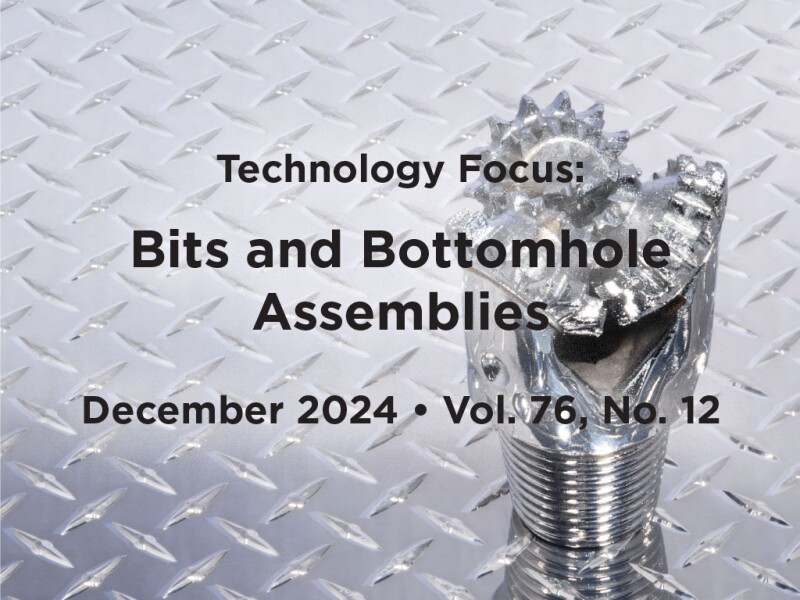Drillstring dynamics has been a central focus of research and mitigation efforts in the drilling industry for many years. The effect of dysfunction and poor dynamic motion extends far beyond simply reducing the lifespan of drilling equipment. When these issues degrade borehole quality to the extent that petrophysical measurements become compromised, managing these dynamics becomes crucial.
Addressing drillstring dynamics in these cases effectively can be the key to improving our understanding of reservoir characterization, which directly affects hydrocarbon-recovery strategies. Neglecting to manage these dynamics thus not only risks immediate operational setbacks but also threatens to diminish overall hydrocarbon recovery.
The integration of the latest state-of-the-art technology in modeling and measurement of drilling dynamics and borehole quality has enhanced the understanding of bit, bottomhole assembly (BHA), and drillstring design. This can be seen in recent work on analysis of cutter-formation interaction, borehole-quality improvement, and modeling improvements. This progress allows drilling teams to make more-informed, proactive adjustments to drilling parameters, thereby avoiding the negative consequences of dysfunction.
As the drilling industry shifts its focus toward geothermal drilling, understanding and modeling drillstring dynamics takes on even greater importance. Geothermal drilling frequently encounters harder igneous and metamorphic rocks, which pose unique challenges. In these conditions, the performance of the drill bit, BHA, and drillstring becomes critical. Accurate modeling and effective management of these dynamics are essential to optimizing drilling efficiency and minimizing the risk of equipment loss or operational failures. In this context, ongoing research and innovation in both drillstring dynamics and its modeling are vital to the success of geothermal, hydrocarbon, and other drilling projects. Yet the best mitigation applied may not be the latest but existing tried and tested equipment.
This Month’s Technical Papers
Spiral-Hole Moderation Enhances Borehole-Image Interpretation in Carbonates
Study Explores Interaction Between Bit Whirl and High-Frequency Torsional Oscillations
Robust Approach Estimates Effective Length for Lateral Vibrations
Recommended Additional Reading
OTC 35320 Applications, Results, and Lessons Learned From Using Roller Reamers in Hard, Abrasive Formations—The FORGE Project Application by E. Almanza, Redback Drilling Tools, et al.
SPE 217939 Avoiding High Local Doglegs by Integrating the Drill Bit Into the Rotary Steerable System by M. Hahn, Baker Hughes, et al.
SPE 220789 Modeling PDC Cutter Loads When Drilling Interbedded Formations at Constant Penetration per Revolution vs. Weight on Bit by Paul E. Pastusek, Pastusek and Associates, et al.

Martin Hayes, SPE, is a senior drilling engineer for Dragon Oil. He holds a BS degree in applied geology from the University of Leicester and is recognized as a Chartered Engineer and Chartered Petroleum Engineer by the Energy Institute. He has spent more than 25 years in the drilling industry, working in drilling design, operations, and training for companies including SLB, Black Reiver Consulting, Stanfield Consultants, Merlin ERD, Tullow Oil, WellSafe Solutions, Bedrock Drilling, and Gulf Keystone. Hayes is a member of the JPT Editorial Review Board.

